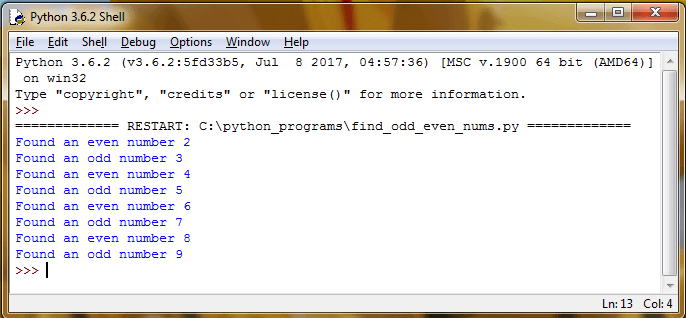
#Python runner get current directory how to#
To find out how to use them in your Python tool chain take a look at our Python buildpack guide.ĭid you know that can push Docker images directly to Cloud Foundry? You use the same cf push command but add the -docker-image option. But did you know that you can use buildpacks without using Cloud Foundry? Buildpacks are a fabulous, sustainable, stress-free way to get code into Docker containers. Most Cloud Foundry installations include a Python Buildpack. If you don’t have a Cloud Foundry to work with, consider installing Cloud Foundry locally onto Kubernetes on your computer by following the steps in this guideĭeleting app python-demo in org tanzu-devrel / space production as. You can check that the tool is working by issuing the command cf help.ĭecide which Cloud Foundry you’re going to use and obtain it’s endpoint URL. This is the tool you will use to interact with Cloud Foundry.
#Python runner get current directory install#
Install the Cloud Foundry CLI tool on your computer. There are a few things you need to do before getting started with Cloud Foundry: Once running, Cloud Foundry takes care of everything else including log streaming, health monitoring, scaling, networking, load-balancing, and makes everyday chores like starting and stopping applications a breeze. Using a single command you can have your code running in a safe, secure, and stable environment in seconds. Cloud Foundry’s ‘Application Runtime’ takes your application code - written in Python or a number of other languages or frameworks - and runs it on any cloud, including Azure, AWS, GCP, Kubernetes, or even vSphere VMs.Ī unique feature of Cloud Foundry is its smooth developer experience. What Is Cloud Foundry?Ĭloud Foundry is an open-source platform that simplifies the lives of developers. But if the path to production is littered with roadblocks, getting your applications out there will be tiring and time consuming. It opens the door to true agility - a huge win for you, your team, and your company. Getting code into production quickly and regularly is life changing for developers like yourself. Production is where your company competes, and where it gets rewarded for all the risks it’s taken - large and small.

It’s where your users meet your code and where you get recognition for all the hard work you’ve put in. In this guide, you’ll learn how to get a Python application into production in seconds.

Python Like A Pro: How To Deploy Python Application Into Production Ben Wilcock Test Your Python Application Is Running.



 0 kommentar(er)
0 kommentar(er)
